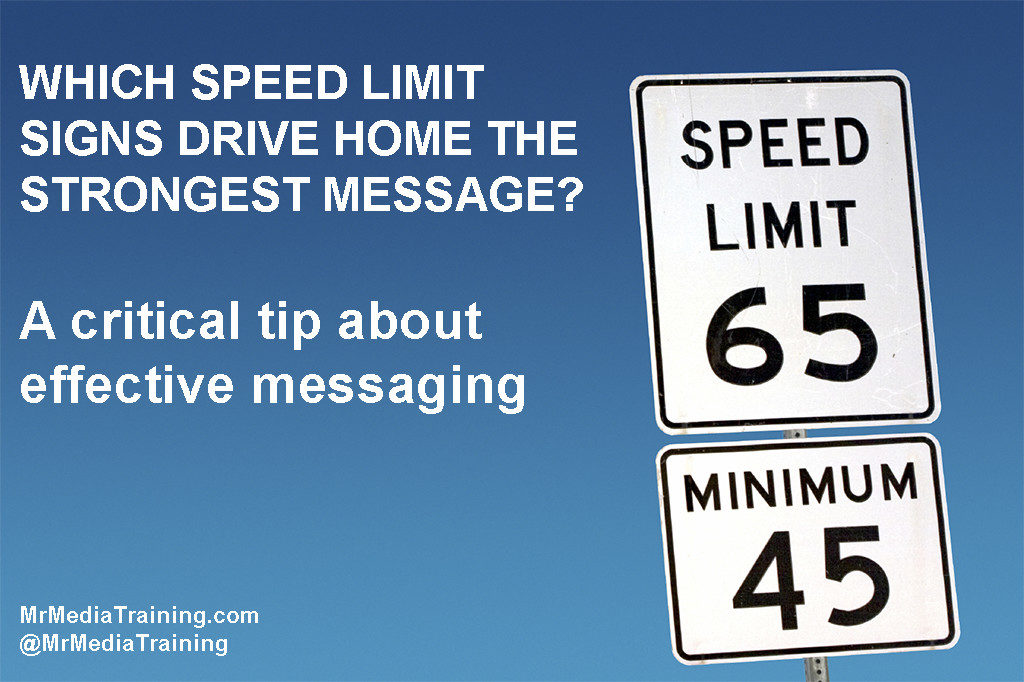Creating Good Messages
This is the second in a seven-part series that will teach you how to create effective and memorable media messages.
Today, you’ll learn how to begin crafting your messages.
What is a message? For the purposes of this series, I am defining a message as a one-sentence statement that clearly articulates your goals and reflects the core values of your audience. Messages also often include a call-to-action, in which the audience is asked to do something specific.
Here are three examples of messages:
“If we don’t pass this bill, thousands of pregnant Pennsylvania women will have to drive more than 100 miles to find a doctor to deliver their baby.”
“We are taking the hassles out of air travel by offering passengers the airline they’ve long wanted, with easy itinerary changes, more legroom, and free meals.
“With more senior citizens living in poverty than ever before, we’re asking seniors to call their members of Congress today to tell them to pass the Fair Social Security Act.”
In general, aim for three messages. Three is regarded as the right balance between too few (leading to audience boredom) and too many (leading to low audience retention).
So, now it’s time to open up that Word document and get started.Begin typing some ideas for main messages. Don’t be self-critical – just brainstorm and type anything (a word, a phrase, a complete sentence) that comes to mind.
When you’ve exhausted your ideas, save the document and put it away. Come back to it a few days later with fresh eyes and add anything you may have forgotten.
Now that you’re finished with the brainstorming, select the three most important thoughts that represent what you most want the public to know about your organization’s work or individual project. Write them out in sentence form similar to the examples provided above.
Reducing messages to your top three means you’re inevitably going to edit out some points you think are important. Do it anyway. Until the public has a firm understanding of your first three points, you’re only going to confuse them by adding a fourth, fifth, and sixth message.
Finally, don’t be discouraged if you aren’t creating perfect messages immediately –good messaging takes time.
Part three of this series will help you align your message to your audience.


